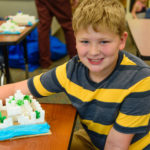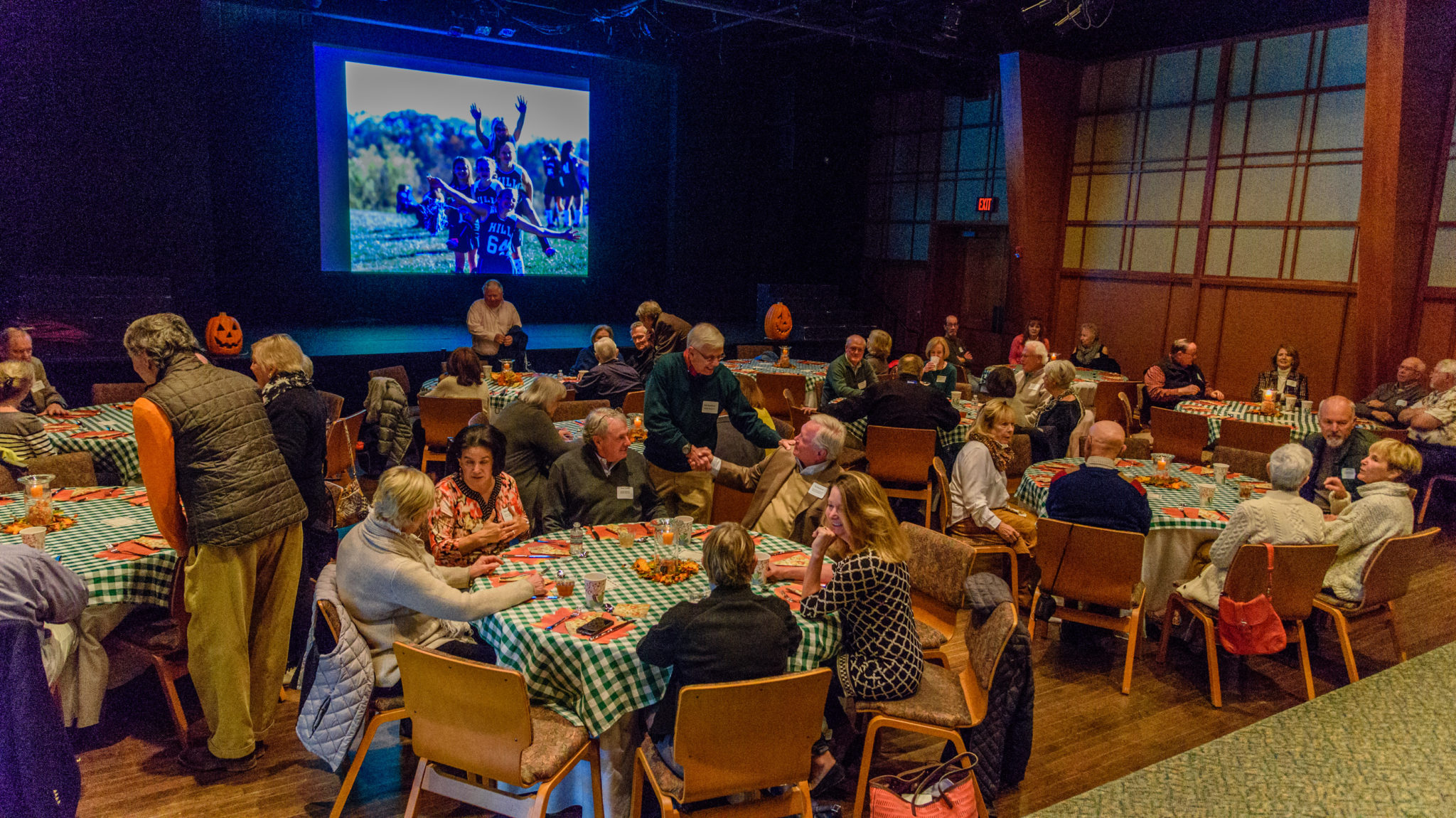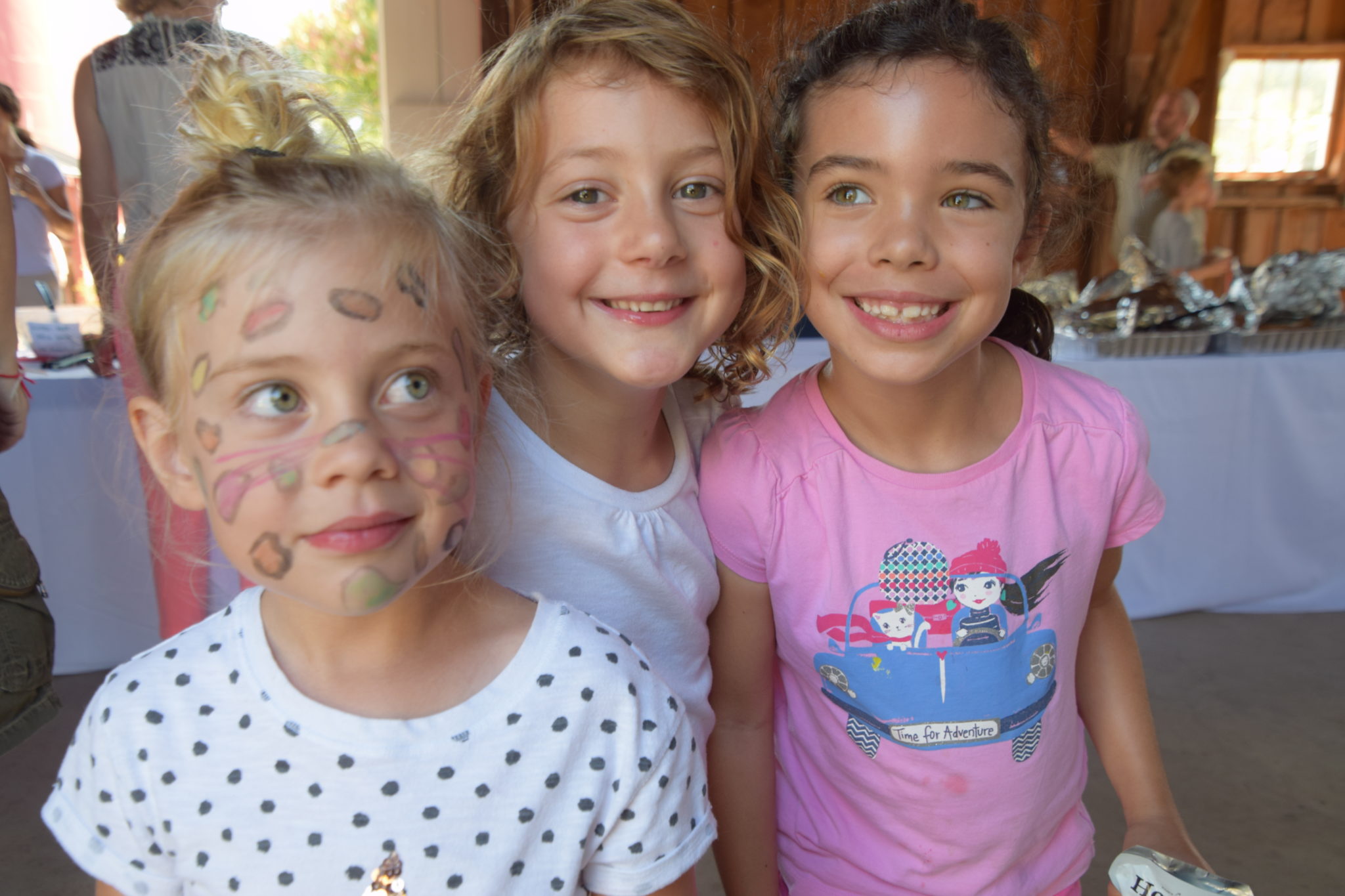 In fourth grade history class, taught by teacher Bee Stribling, students learn about the Agricultural Revolution that led to the rise of cities and civilization in ancient Mesopotamia. Beginning with the early Sumerian cities like Ur and Uruk, people began constructing temples that resemble stepped pyramids for their city’s special deity. These structures soon became central to life in the Fertile Crescent. According to Stribling, “studying architecture provides students the opportunity to contextualize life in the ancient world.”
In fourth grade history class, taught by teacher Bee Stribling, students learn about the Agricultural Revolution that led to the rise of cities and civilization in ancient Mesopotamia. Beginning with the early Sumerian cities like Ur and Uruk, people began constructing temples that resemble stepped pyramids for their city’s special deity. These structures soon became central to life in the Fertile Crescent. According to Stribling, “studying architecture provides students the opportunity to contextualize life in the ancient world.”
During a recent Friday Afternoon Program activity, Art teacher Linda Conti guided students through the construction of their ziggurats out of sugar cubes. “It is important for children to engage with history – to use their hands and apply their  knowledge” said Stribling. By designing a ziggurat of their own, they create a functional understanding of ancient Mesopotamia and retain the material for longer periods. Students also applied their knowledge of multiplication concepts by building each level of the ziggurat with arrays and calculating the area of each level. Using sugar cubes not only sweetens the process and allows the students to make physical sense of the concepts they learn in class. It’s always a good day of learning when you design – then dine – on your lesson.
knowledge” said Stribling. By designing a ziggurat of their own, they create a functional understanding of ancient Mesopotamia and retain the material for longer periods. Students also applied their knowledge of multiplication concepts by building each level of the ziggurat with arrays and calculating the area of each level. Using sugar cubes not only sweetens the process and allows the students to make physical sense of the concepts they learn in class. It’s always a good day of learning when you design – then dine – on your lesson.












